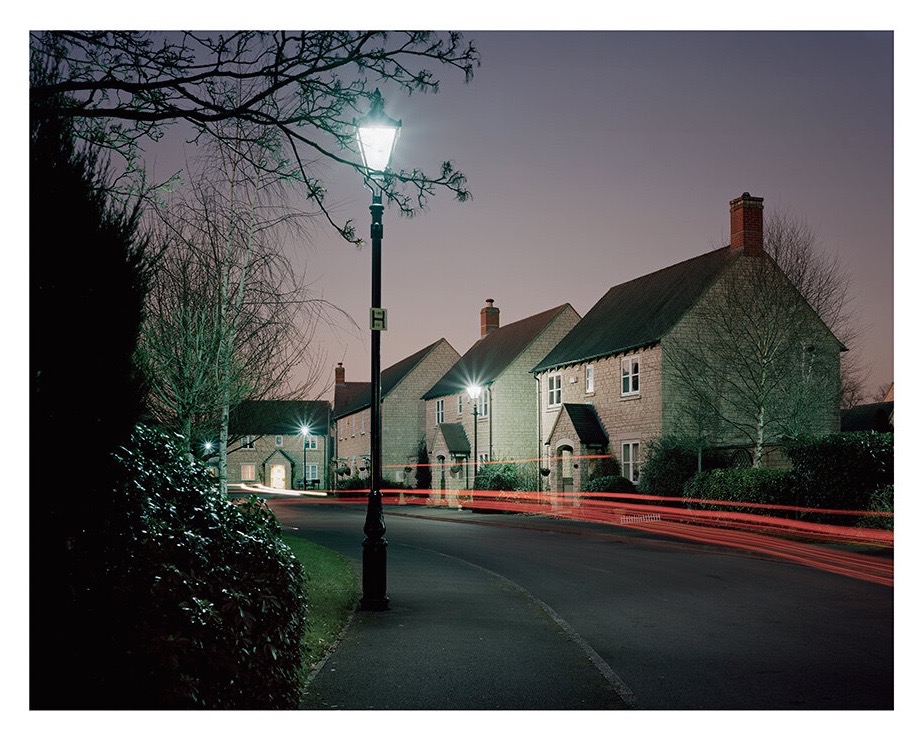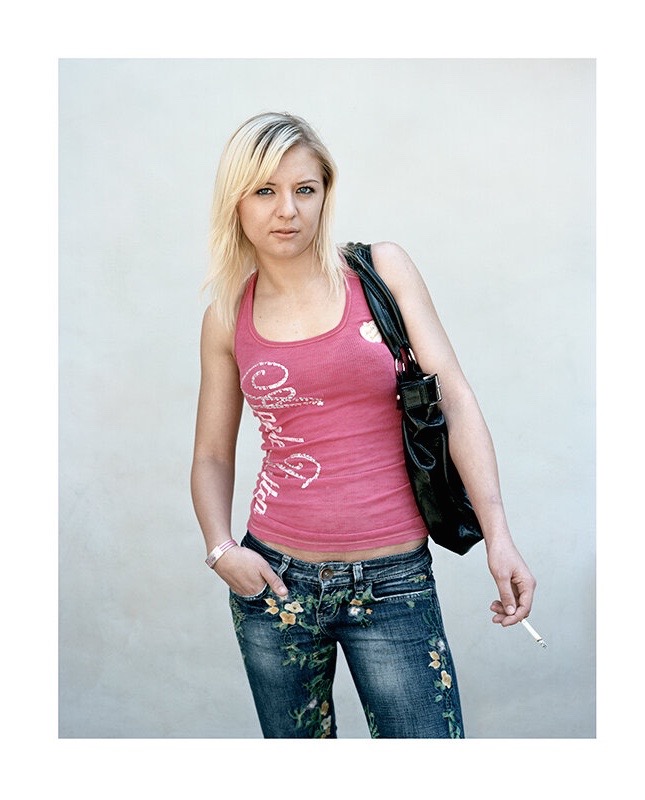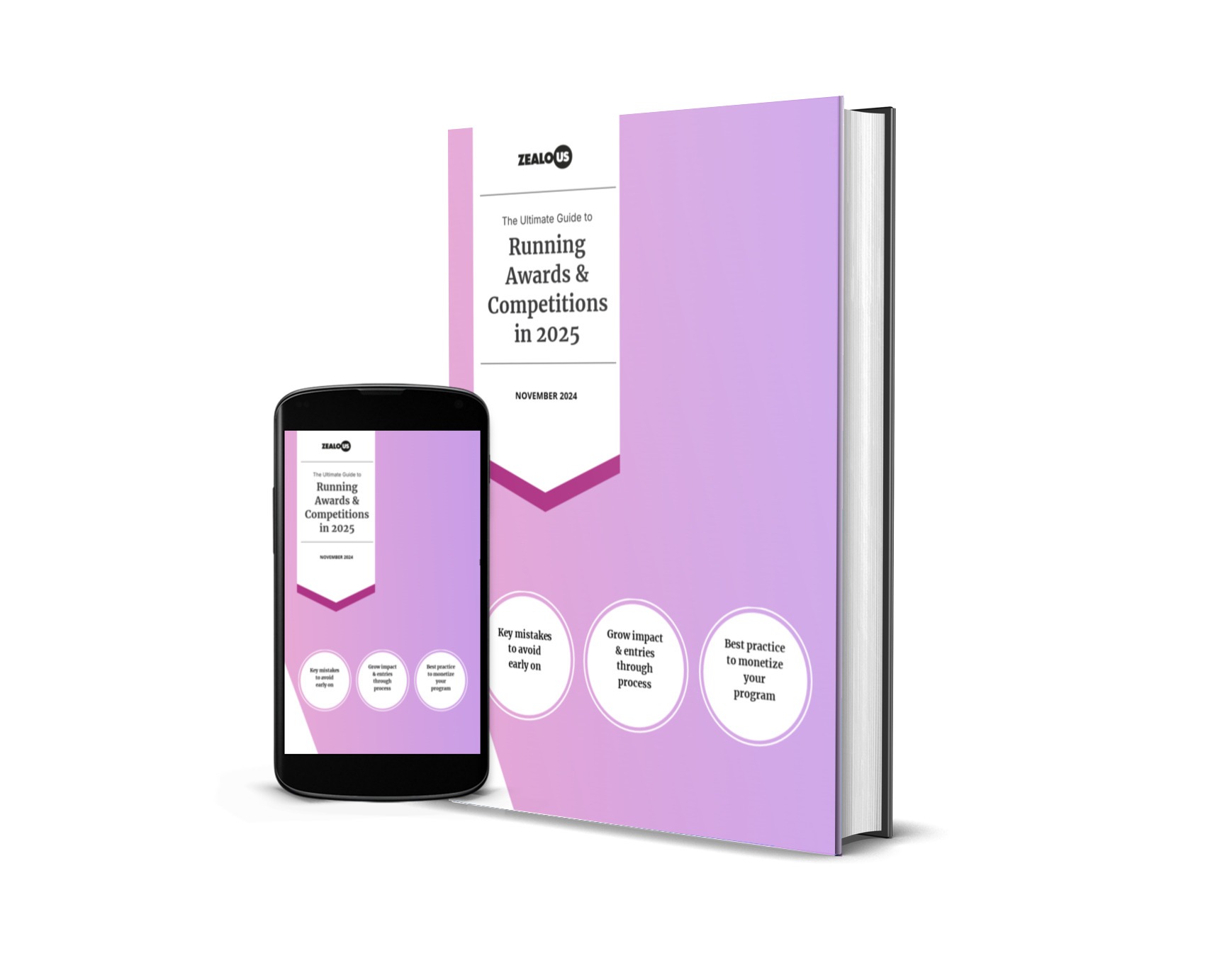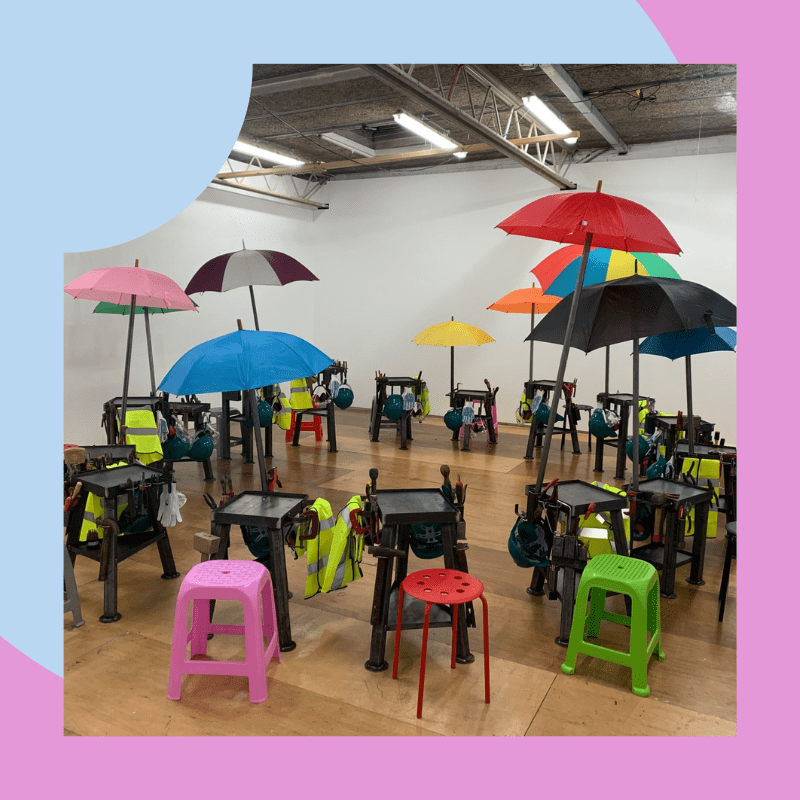
You refer to your winning work, English Journey, as a ‘contemporary photographic journey’, what does this mean to you?
My photographic journey embraced the spirit of Priestley’s English Journey, by using the subtitle of the book: ‘Being a rambling but truthful account of what one man saw and heard and felt and thought during a journey through England.’ As my journey took shape, another global economic downturn similar to that of the 1930s had taken hold. ‘Americanisation’ and homogenisation seemed to penetrate almost every town and city.
The England I discovered is manufacturing less and had become highly reliant on technology. Celebrity culture and its media stronghold are fast becoming a national obsession.
The perceived threat of global terrorism means new laws have been created, curtailing the freedom to photograph in public places and PR departments are increasingly stringent as to how their organisations are portrayed. However, the open-hearted spirit of people I have encountered whilst wandering across England has made me believe, as J. B. Priestley did, that we work as individuals towards a common goal of cooperation, never forgetting that we are all dependent on one another.

What role does the English Novelist, J. B. Priestley, play within your work and how do your journeys ‘collide’?
The project idea was first formulated whilst I was living in Bradford, Yorkshire, England – about 10 years ago. I came across a first edition copy of the English Journey book by J. B. Priestley in a secondhand book shop and I knew instantly I had to create a modern version of it. Priestley’s writing is very personal, simple and concise and has the tone of a friendly companion. Priestley walked through a country still dependent on agriculture and heavy industry. England was then ravaged by poverty but yet to be ravaged by the Luftwaffe and the post-war planners.

You often place photographs besides various articles/memorabilia – can you tell us about this approach?
We all collect something. Our reasons and choices may vary. Some like to collect memorabilia from a certain team or brand, as a way to express loyalty. For the philatelist searching for that special stamp, the hunt can become obsessive. We are all collectors in some way. During my English Journey, I often found myself in one of the many charity shops that have become the very backbone of our struggling high streets. I was drawn to items that celebrated our collective idea of Englishness, in its varied forms; card games, beautifully designed book covers and jigsaw puzzles. Some were souvenirs and some relevant to the location where they were discovered.

How did your journey as a photographer begin? Did you have formal training?
After leaving school I took a Graphic Design course at Art school, I was very average. Upon leaving there, I was lucky to start working as a trainee photographer in the once thriving local newspaper industry that at the time was one of the best training grounds to practise photography and also get paid a weekly wage.
Do you consider yourself a documentary photographer? Or does your practice extend to other genres?
I originally came from an editorial background so I tend to work with whatever is in front of me. I rarely have any preconceived ideas of how to make a photograph. My approach is more of an ‘opportunist response’. I don’t stage or create images that are not already there. So I guess Documentary is a good description of how I approach my work.

What equipment is a must-have for you when capturing photographs?
A good pair of walking boots and the confidence to speak to strangers.
What one piece of advice would you give to budding photographers who are trying to get their work out in the public eye?
Be humble and determined; there are at least 100 other photographers behind you in the line, who are equally as good and possibly much better than you.

John Angerson’s work, English Journey, was selected by industry guest judges from Verzasca Foto Festival and Shutter Hub.
Website / Follow John on Instagram
Let us know you want us to write more content like this with a love!
Share









